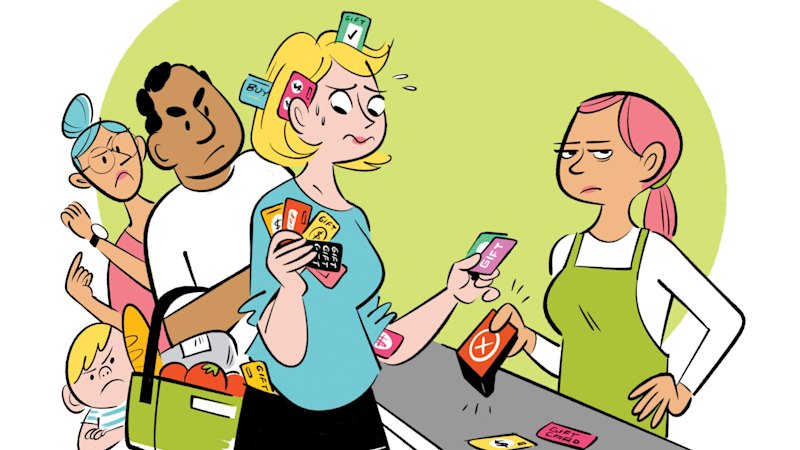
In an unexpected twist, Australians are sitting on an estimated $1.25 billion in unused gift cards, a figure that highlights a peculiar economic phenomenon. These forgotten vouchers, often tucked away in drawers, represent a significant portion of unclaimed consumer value, as reported by a recent survey conducted by Finder.
The survey revealed that the average Australian woman holds approximately $186 in unclaimed gift cards, while men have about $175. With one in three people owning at least one unused card, the financial implications are substantial. This revelation has sparked discussions about the effectiveness and consumer appeal of gift cards, which are often seen as a convenient yet impersonal gift option.
The Enigma of Gift Cards
Gift cards, once heralded as the perfect solution for the time-poor and inspiration-lacking gift giver, have become a double-edged sword. While they offer flexibility and a wide range of redemption options, they also come with a host of challenges that can render them useless. Many recipients forget about these cards, only to rediscover them after they have expired or become unreadable.
The convenience of gift cards is undeniable. They require no wrapping and can be used at a variety of retailers, from Supercheap Auto to Officeworks. However, the problems begin when recipients, overwhelmed by choice or simply forgetful, stash them away and fail to use them in time.
A Closer Look at the Numbers
“A survey of 1,010 Australians found that the average woman was holding $186 worth of unclaimed gift cards, while men had $175 bouncing around in their wallets. Across the country, there’s about $1.25 billion in unused vouchers.”
According to the Finder survey, about one in five respondents admitted to allowing their gift cards to expire, with women more likely than men to be the culprits. Additionally, 5% of people reported losing their cards altogether, further contributing to the accumulation of unclaimed value.
Understanding the Challenges
The challenges associated with gift cards are manifold. Expiry dates, unreadable serial numbers, and confusing redemption processes are common hurdles. Many cards are rejected at checkout due to technical issues or because they have expired. The lack of a standardized process for redeeming these cards adds to consumer frustration.
Gift cards often come with a series of numbers, including card numbers, customer numbers, and barcodes, which can confuse users. This complexity often leads to failed redemption attempts, leaving both consumers and retailers dissatisfied.
The Economic Implications
The large volume of unclaimed gift cards represents a significant economic puzzle. While the funds tied up in these cards are technically still part of the economy, their inaccessibility means they do not contribute to consumer spending. This stagnation can have broader implications for retail businesses and the overall economy.
Experts suggest that retailers could benefit from simplifying the redemption process and extending expiry dates to encourage usage. By doing so, they could unlock a substantial amount of consumer spending, providing a boost to the economy.
Looking Ahead
As the holiday season approaches, the issue of unused gift cards is likely to resurface. Retailers and consumers alike may need to reconsider the role of gift cards in the modern economy. Simplifying redemption processes and raising awareness about the importance of using these cards could help mitigate the problem.
Ultimately, the $1.25 billion in unused gift cards serves as a reminder of the complexities inherent in consumer spending habits. As Australia continues to navigate its economic challenges, addressing this hidden value could offer a unique opportunity for growth and revitalization.
The conversation around gift cards is evolving, and with it, the potential to unlock a significant portion of dormant consumer value. The coming months may reveal whether this hidden economic puzzle can be solved, benefiting both consumers and the broader economy.






